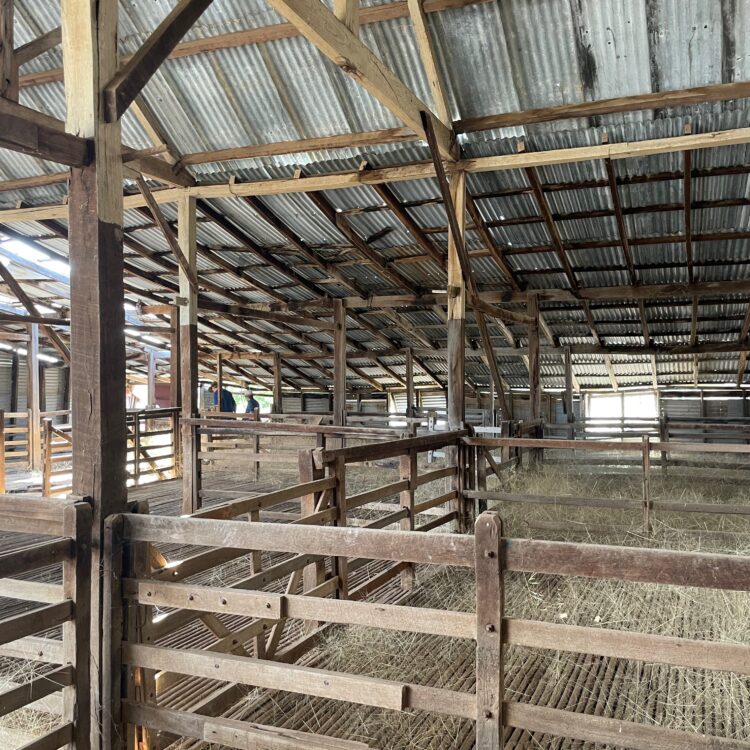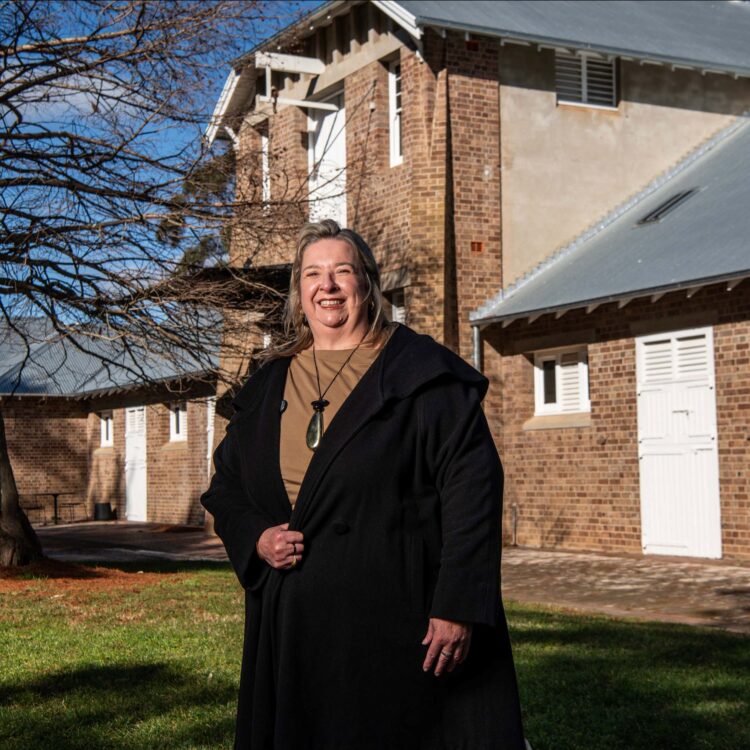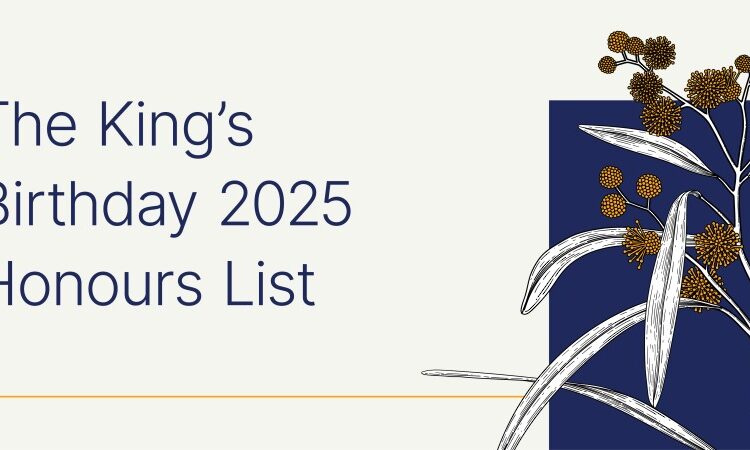You might have heard that this year’s NAIDOC Week theme was We value the vision: Yirrkala Bark Petitions. But do you realise just how significant the petitions are?
Here’s a bit of an explanation about why they are so important.
In August 1963, the Yolngu people of Yirrkala in northeast Arnhem Land sent two bark petitions – one for each of the major moieties bloodlines – to the Australian House of Representatives. That’s 50 years ago this August.
Yolgnu Elders, including senior artists Mawalan Marika and Munggurrawuy Yunupingu — the father of the lead singer of Yothu Yindi who passed away recently— were incensed that bauxite mining had been approved on Yolgnu land without their consent.
Yolgnu Elders, including senior artists Mawalan Marika and Munggurrawuy Yunupingu — the father of the lead singer of Yothu Yindi who passed away recently— were incensed that bauxite mining had been approved on Yolgnu land without their consent.
They were protesting against that decision and were asserting Yolgnu Law over Yolgnu Land. Earlier in March that same year, the elders had declared that the lands of Melville Bay, Cape Arnhem, Caledon Bay and Bremer Island were theirs and that the balanda (non-Aboriginal people) should keep out. They advised that ‘Notices will be placed at all those places proclaiming the areas as belonging to Aboriginal people’.
Yet the mining went ahead.
The petitions themselves, despite the findings of a report handed down in October the same year, recommending compensation, protection of the sacred sites and ‘monitoring’ of the mining project, did not have immediate effect. They’re now seen as having ‘paved the way’ for the Aboriginal Land Rights Act (NT) proclaimed in 1976.
But what’s even more interesting is that the petitions themselves were largely misunderstood. The traditional painting around the edge of the signed paper was judged to be ‘purely decorative’. Comparisons were drawn between the medieval process of illustrating a manuscript and the ‘illustration’ on a bark petition. It was seen as an ‘added extra’ with the real information being the bit on the paper. Such was our Euro-centric perspective.
But in essence, the edge painting is the nuts and bolts of the petition – the bit which matters. The clan designs of pipeclay, charcoal and ochre are the part of the document that describes the legal relationship between the Yirrkala people of the Gove Peninsula and their land.
There’s so much more to this story that’s worth investigating – the transcript of the actual Petitions can be read here, and be aware it’s a moving experience especially in the context of history and the ongoing struggle for equality and fair treatment for Aboriginal people in this country.
On this site, there’s some great background information. The Museum of Australian Democracy entry for the documents is here. It’s got the best images of the Petitions.



